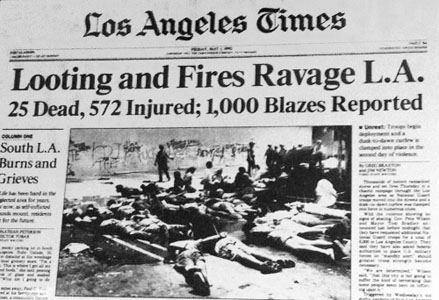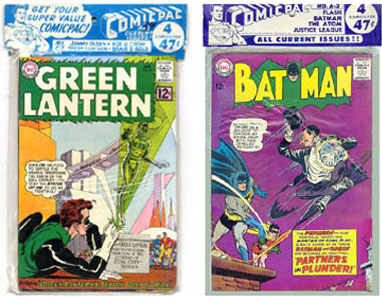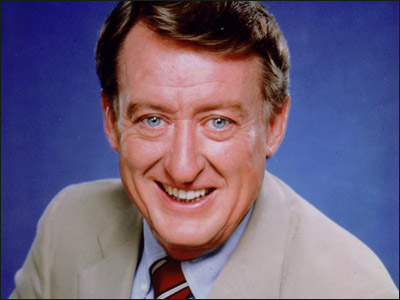Here's an odd one. This article in Newsday about newspaper strips is apparently a current article. It makes reference to The Phantom being drawn by Paul Ryan, Graham Nolan and Tony DePaul. That's almost the current crew. Nolan only left it a few months ago, leaving it to Ryan and DePaul. But elsewhere in the same article, we learn…
When [Chic] Young died in 1973, one of his assistants, Alex Raymond, took over the strip. The current artist, Stan Drake, hasn't messed with the success that has given Blondie one of the largest circulations in comic land.
Alex Raymond, of course, never drew Blondie. His brother Jim ghosted it for a decade or two before Young passed away and the name of Jim Raymond began appearing on it. Jim Raymond died in 1981. Stan Drake, who began drawing the strip a few years before that, died in 1997 and was succeeded on Blondie by Mike Gersher, Dennis LeBrun and the current artist, John Marshall. And through most of this, Chic Young's son Dean has been credited as its writer. So the article's wrong about Blondie. Let's see what it has to say about the Archie newspaper strip…
Montana died in 1975, and the Riverdale High gang is kept alive today by chief illustrator Dan DeCarlo.
Not only is Dan DeCarlo not keeping it alive today but sadly, no one's keeping Dan DeCarlo alive today. He stopped drawing that strip in the early nineties and died in 2001. These days, the strip is done by (and clearly signed by) Craig Boldman and Henry Scarpelli. Meanwhile, the article tells us this about the Dick Tracy strip…
Chester Gould retired in 1977, and the strip passed on to Dick Locher, who has kept it going in successful syndication.
That's not exactly wrong except insofar as it implies that Locher followed Gould on the strip. Actually, writer Max Collins and Gould assistant Rick Fletcher took it over for quite some time. The same kind of omission is present in what the article has to say about the Brenda Starr strip…
[Dale] Messick retired and was succeeded by artist Ramona Fradon and writer Mary Schmick.
True…but Ramona stopped drawing it in 1995 and June Brigman is the current artist, working with Mary Schmich, who spells her name that way. Which brings us to what the article has to say about Mary Worth…
Mary continues to dispense advice under the auspices of writer John Saunders and artist Bill Ziegler.
John Saunders died in 2004. Bill Ziegler died in 1990. Karen Moy has been writing it since Saunders died and Joe Giella has been drawing it since the guy who did it briefly after Ziegler left.
So, uh, what happened with this article? This is all very easy information to obtain. Just Googling the name of any of those strips will tell you in three seconds who's currently doing them. So my first assumption was that someone had taken an old article and passed it off as current. But the Phantom information is almost current. Why would someone update that and not update the rest of it?
Anyway, I just phoned Newsday and got hold of Bill McTernan, the author of the piece. He apparently wrote it recently and was unaware there was anything wrong with it. He said he'd gotten the information out of a "three volume comic encyclopedia" in the Newsday library. I told him some of the errors and said, "Well, I think you've got a big correction to write" and said I'd e-mail him a link to the item I was posting. Let's see what happens.






